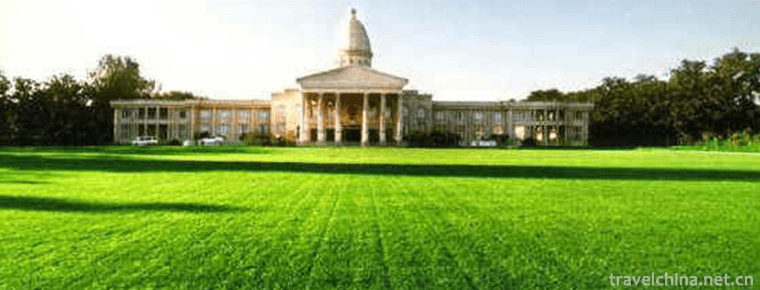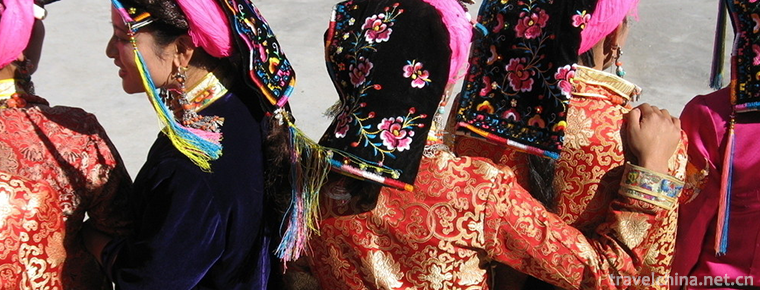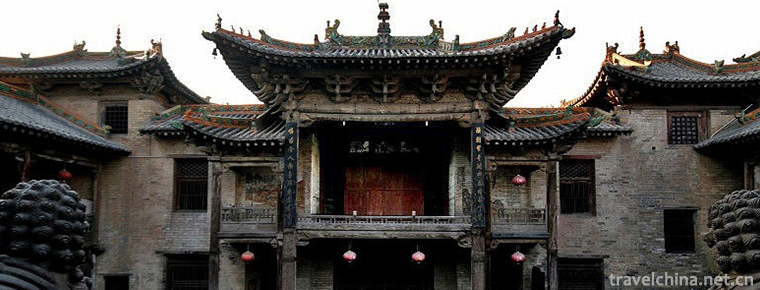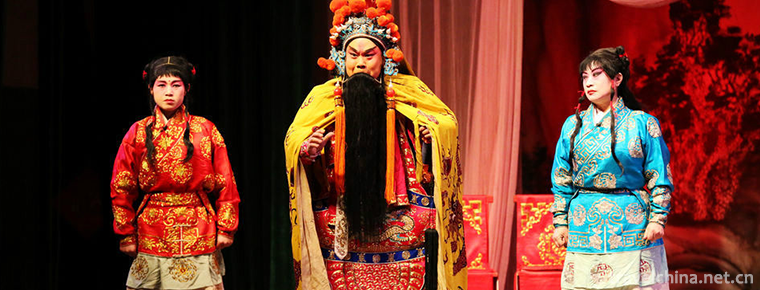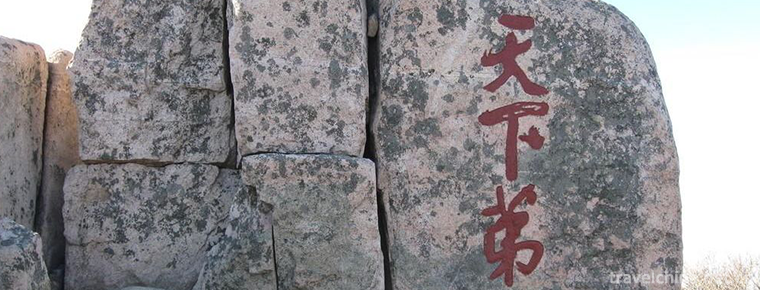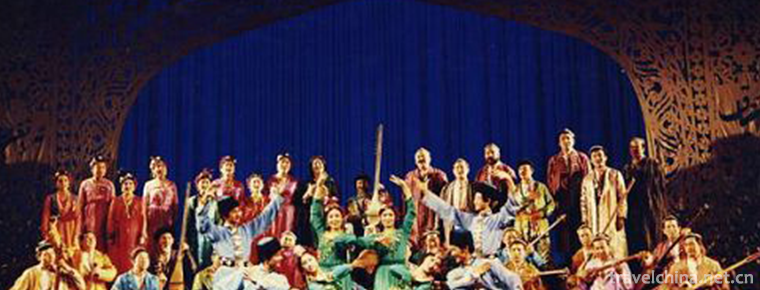Sing the news
Sing the news
Singing news is a traditional local opera popular in eastern Zhejiang, especially in Fenghua, Beilun, Zhenhai, Yinzhou and Xiangshan. Singing news has a long history, about a hundred years ago. In the Southern Song Dynasty, there were blind people singing "Hao Bao" (official news), which later evolved into singing social news.
On May 23, 2011, the "Singing News" declared by Xiangshan County of Zhejiang Province was listed in the third batch of national intangible cultural heritage list with the approval of the State Council.
historical origin
produce
One way of saying is that singing news originated in the late Ming Dynasty and evolved from the official news of singing "Chao Bao". Legend has it that in the old days, people were less literate, and official laws, obituaries, notices, etc. even if they were posted in prominent places, they saw less, understood less, and conveyed poorly. Some wise people have come up with a way to bring together River and lake artists, especially blind artists, to add tunes to the official news and select people to sing in a lively place. However, if the solo news is not attractive enough or the performance time is not long enough, the artists will compile popular stories into paragraphs and sing them in front of the news.
Development
Another argument is that singing news developed from rural farmers singing "Tiantou Mountain Song" when they were working.
Historical evolution
Singing news is a popular type of social news in eastern Zhejiang, especially in Yinzhou, Zhenhai, Beilun, Fenghua and Xiangshan of Ningbo. Blind artists are handed down from generation to generation, and the specific age is difficult to check. It was popular in Zhenhai for more than one hundred years.
In the 1950s, there were about forty or fifty artists engaged in news singing in Zhenhai District, mostly blind. Among them, the more famous rappers are Yan Meifang, Gu Ahuo and others. The content of their singing is some ancient and modern stories and popular tunes circulating in the streets and lanes of Zhenhai. When singing, the artist holds a drum pole and Gong pieces in his right hand, carries a gong in his left hand and a small drum on his leg. While singing, he taps drums or gongs rhythmically with drumsticks or gongs.
Before liberation, singing news was a very cheap profession. Blind artists had to walk the streets and cross villages to sing. They categorized the forms of singing: singing a few songs and short books in the courtyard of the residential wall, pocketing a few money, called "singing gate head"; singing for passengers on the ferry boat, called "singing boat head"; singing at the opening of the fair, called "singing lamp head"; singing big books, relatively high level, into the bookstore, called "singing ground", only a few artists have "singing ground". This treatment.
artistic characteristics
content
"Singing News", also known as "Three North News", evolved from singing the official news of the "Hamburg".
Later, they mainly sing social news. They usually perform in sunning grounds, streets, temple fairs and wharfs. According to different places, they call singing halls, lights, doors and boats respectively. The accompaniment is also very simple, just a small gong, a flower drum or a big cake drum, a board can be.
The content of news is mostly ancient and modern stories and popular tunes circulated in local streets and lanes, singing in local slang. While singing, the artist holds a drum pole and Gong pieces in his right hand, carries a gong in his left hand, and holds a small drum on his knees. While singing, he taps the drum shell or Gong rhythmically with a drum mallet or Gong piece.
form
Its singing forms are as follows: first, singing doorways, that is, singing a few ditties along doors, similar to begging; second, singing a paragraph or a time in the public courtyard and the open hall, carrying a few dollars; third, singing boats, which are more popular in the water network area, selling them in day and night boats; fourth, singing lamp heads, singing at temple fairs and fairs; fifth, singing halls, which are able to sing big books and relative water. Pinggao folk artists sing in the bookstore, but few.
Most of the news is sung by one person, but also by two people. Its accompanying instruments include drums, gongs and bamboo slabs. News bibliography can be divided into two categories: one is small bibliography, also known as the opening book, such as "Bachelor Tune", "Health Care", "Tour the Wharf" and so on, but also useful minor singing social news. The other is a large bibliography, also known as the master book, including "Three Counties and Trial", "Broken Mandarin Duck", "Nail Shoes" and so on.
Inheritance significance
Singing news has been compiled into Ningbo Quyi Chronicle published by Ningbo Publishing House in 1998 and Ningbo Traditional Quyi Works Selection published in 2006 (Comprehensive Quyi Volume). "Singing News" props simple, a flower drum, a gong, singing venue without any restrictions; most artists are blind, the cost of performance is very low, the content of singing is popular news and stories; the lyrics are pure slang, so it is very popular. But its inheritance is not so optimistic. Inheritance in protection and innovation in inheritance should not make "singing news" a "singing feat".

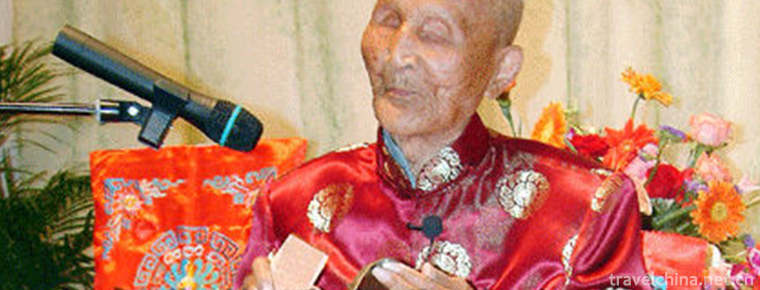
Sing the news
-
Huaying Mountain Tourist Area
Huaying Mountain Tourist Area is a famous red revolutionary tourist resort in China, located in Huaying City, Guang'an. The scenic area is divided into three parts: Stone Forest Scenic Area
Views: 176 Time 2018-12-27 -
Shenyang Green Island Tourist Resort
Located in Tonggou Township, Sujiatun District, Shenyang City, 15 kilometers away from Shenyang City, Green Island Tourism Resort is a comprehensive multi-functional tourist area
Views: 485 Time 2019-02-08 -
Tibetan costume
Tibetan costumes Tibetan men's clothes are divided into three categories: labor dress, superfluous dress and warrior dress. Women's clothes change greatly in festivals, major events in life and etique
Views: 221 Time 2019-04-05 -
The Story of Guangchan Marquis
The story of Guangchan Marquis refers to a local folklore widely circulated in Yangcheng County, Jincheng City. Guangchan Marquis refers to an ordinary folk veterinarian in the Northern Song Dynasty
Views: 173 Time 2019-05-01 -
Hakka Folk Songs in Meizhou
Meizhou Hakka folk song is a Hakka folk song sung in Meizhou City, Guangdong Province (Meijiang District, Meixian District, Xingning City, Wuhua County, Fengshun County, Dapu County, Pingyuan County,
Views: 142 Time 2019-06-03 -
Shijiazhuang Silk String
Shijiazhuang silk string is also known as string tune, string tune, Hexi tune, small drum tune, Luoluo tune, daughter tune and so on. It is a local traditional drama in Hebei Province and one of the n
Views: 190 Time 2019-06-15 -
Legend of Mount Tai
Taishan legend is one of the folk legends in Shandong Province. According to legend, the history of the Theocracy of Taishan God in charge of life and death can be traced back to the pre-Qin period. A
Views: 232 Time 2019-06-18 -
Uygur Daolang Maxi Refu
Maigaiti County is located in the southwest of Xinjiang Uygur Autonomous Region. It is a typical Uygur inhabited area. About 89% of the population is Daolang Uygur who can sing and dance well. Among t
Views: 164 Time 2019-06-26 -
Sichuan University of Arts and Science
Sichuan Academy of Arts and Sciences, located in Dazhou City, Eastern Sichuan Province, has a history of running higher education which can be traced back to Longshan Academy in late Qing Dynasty, whi
Views: 164 Time 2019-08-31 -
Deyang scenic spot
There are Sanxingdui ancient Shu civilization sites in Deyang City, where a large number of national treasure level cultural relics such as bronze Dali Man, bronze mask, bronze sacred tree, gold stick and Bian Zhang were unearthed. There are also the pangtong
Views: 328 Time 2020-12-14 -
Plant resources in Leshan
Leshan City is located in the middle subtropical zone, which is located in the southwest of Sichuan Basin and Hengduan Mountain area. Emei Mountain is the most representative area. There are 1452 species, 585 genera and 141 families of seed plants
Views: 111 Time 2020-12-17 -
Guangan highway
Guang'an is the transportation hub of Northeast Sichuan Province. The national highway 210, 212, 305 and 318, provincial roads 203, 304 and 18, and county, township and village roads crisscross each other, and the highway network exte
Views: 157 Time 2020-12-19

